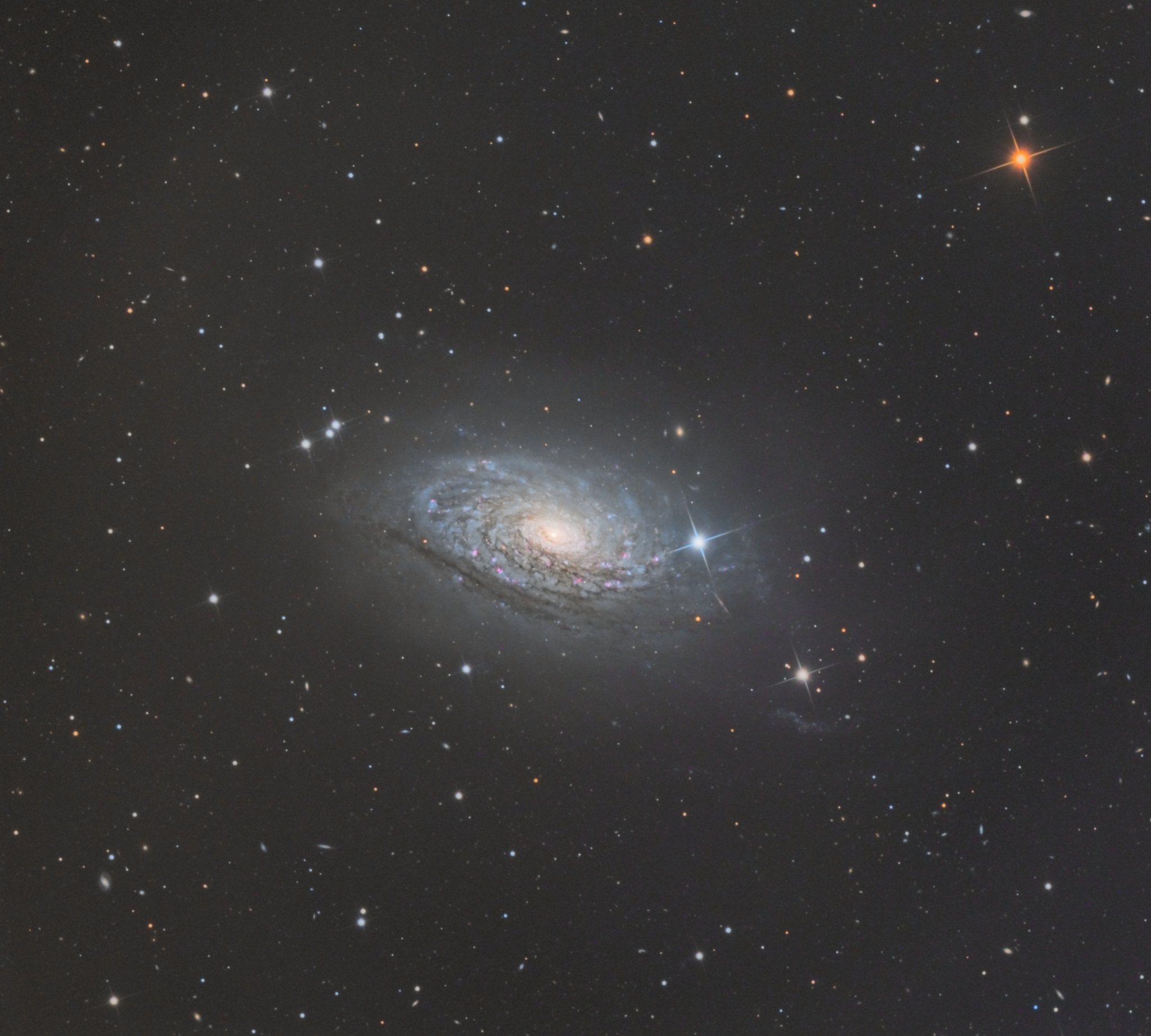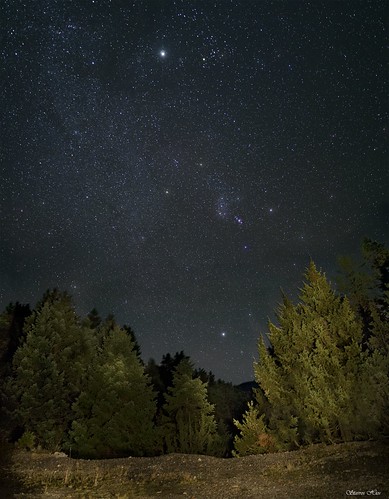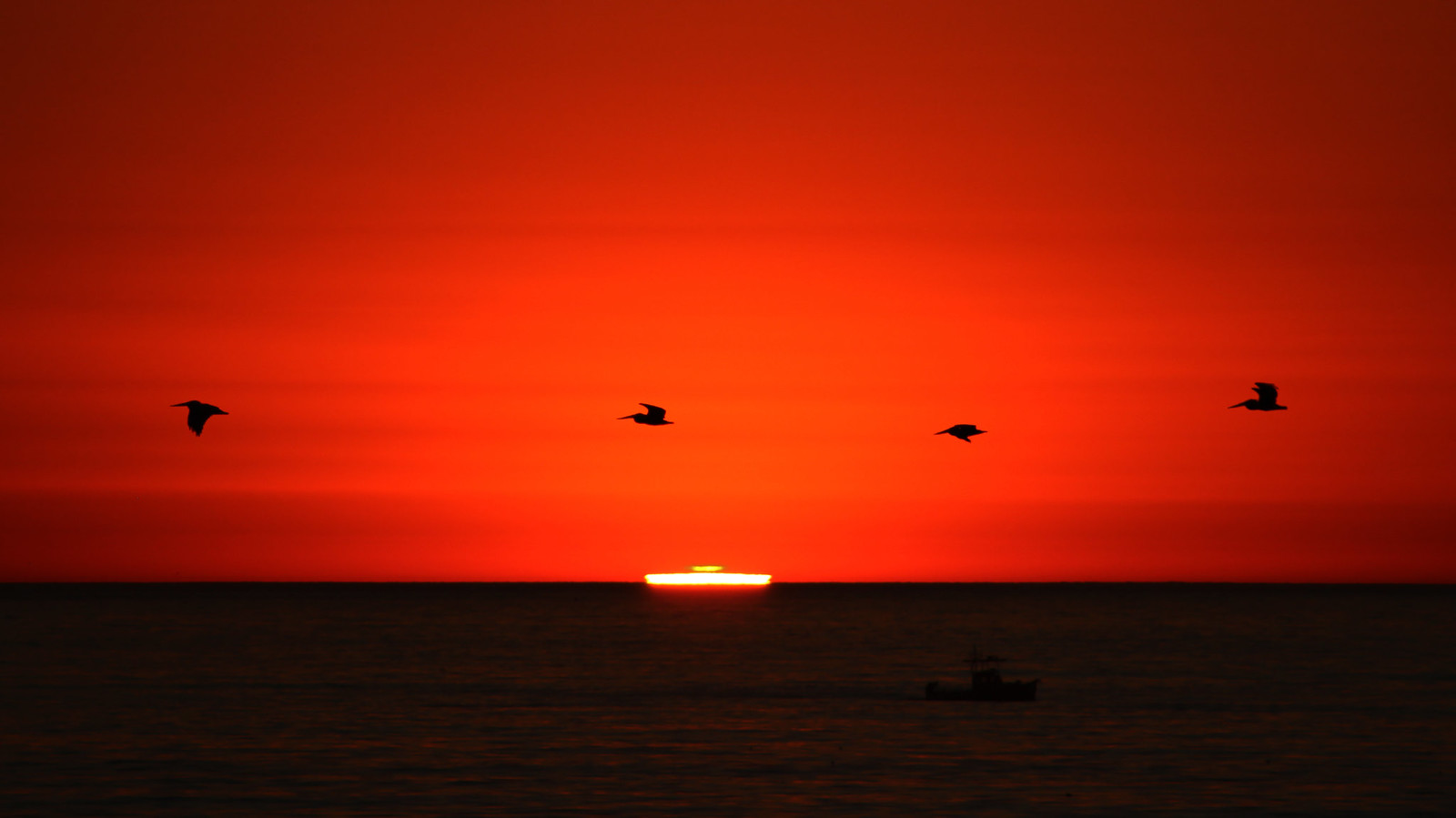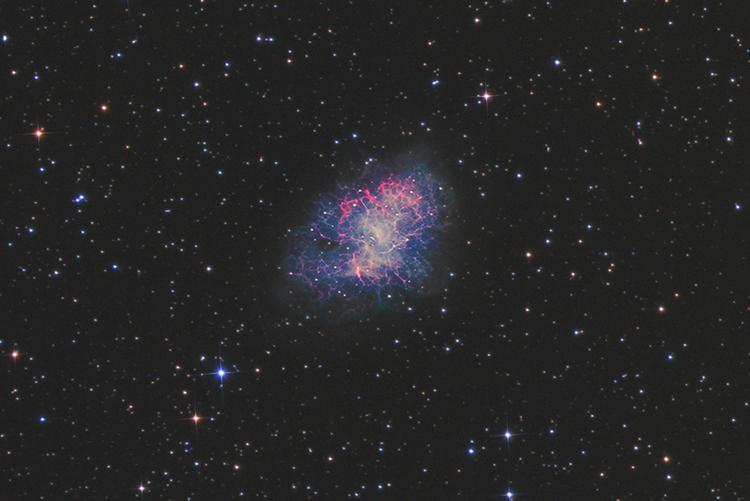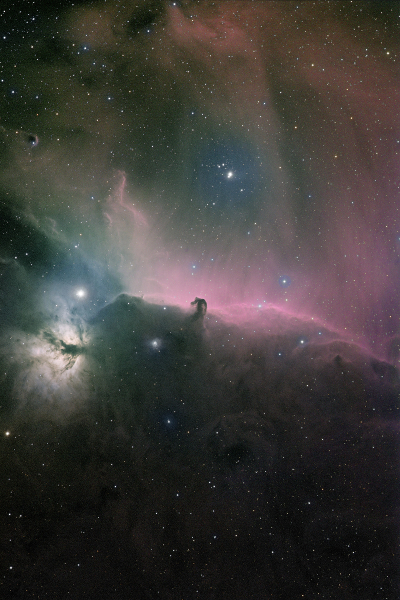Attempting to replicate the Sun Stone of the Vikings
Maybe one of you skywatchers can help me with this…
Every now and then there’s a news article about how the Vikings may have had a "sun stone" that helped them navigate by telling them where the sun was, even on an overcast day or when the sun was below the horizon. Frequently such a statement is followed by theorizing that the sun stone might have been a mineral such as Iceland spar. This would have allowed a navigator determine whether the light from the sky was polarized, as well as the direction of the polarization. Generally missing from descriptions like that are details of how the sun stone might have been used in practice.
Finding a nice piece of Iceland spar (clear calcite) with polished faces for sale, we decided to find out if a sun stone could really work.
Calcite is birefringent. Upon entering a calcite crystal an unpolarized light ray is split into two rays with different polarization, and those rays travel through the crystal in slightly different directions. Looking through a piece of calcite one sees two images of everything on the other side. The images are offset from each other by a distance that depends on how thick the crystal is. If an incoming light ray is already polarized, then one or both of the rays that travel through the crystal will be attenuated somewhat. If the crystal is rotated, then there will be four orientations where the attenuation of the two rays is the same.
We made a device that we thought could work as a sun stone. A short cardboard tube has a lid on either end. One of the lids has a rectangular window near the center, approximately 3/4” by 3/16” in size. The calcite crystal is glued to the inside of the lid. A small magnifier is mounted in a hole at center of the lid at the other end of the tube.
A cross section, and a couple of photos of our device:
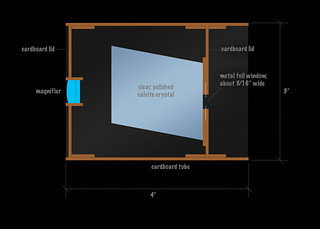 Testing the Viking Sun Stone - Schematic Cross Section
Testing the Viking Sun Stone - Schematic Cross Section by
fksr, on Flickr
 Testing the Viking Sun Stone - Iceland Spar Crystal
Testing the Viking Sun Stone - Iceland Spar Crystal by
fksr, on Flickr
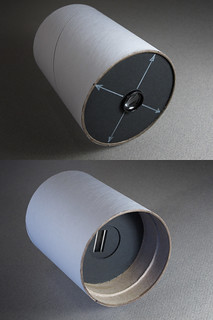 Testing the Viking Sun Stone - Sun Finder Fully Assembled
Testing the Viking Sun Stone - Sun Finder Fully Assembled by
fksr, on Flickr
The Vikings didn’t have cardboard, and they probably didn’t know about magnifying glasses, but the cardboard tube could easily be replaced by a wooden box. The magnifier could be omitted altogether.
Looking into the magnifier and through the crystal, one sees two side by side images of the rectangular window. If the tube is pointed at a region of blue sky approximately 90 degrees away from the sun, where the light is strongly polarized, then the two rectangles will usually be different shades of blue. When the tube is rotated around its central axis, the color of each rectangle changes.
Here’s what that looks like:
 Testing the Viking Sun Stone - Polarized Sky Light
Testing the Viking Sun Stone - Polarized Sky Light by
fksr, on Flickr
There will be four orientations where the two rectangles have exactly the same brightness and hue. For each of those four directions we can mark the end of the tube with an arrow that points toward the sun.
Those arrows can be used to find the sun again later, even when we cannot see it directly, at least as long as the sky is blue. After turning the tube until the two rectangles are the same color, we have to figure out which of the four arrows is the one that points at the sun. Usually we can quickly rule out one or two of them. For example, when it is daytime, arrows that point toward the ground can be excluded. The remaining ambiguities can be resolved by observing multiple patches of the sky.
Of course, on a clear day one doesn’t need the sun stone because the sun is visible. However, at high latitudes the sun may be a short distance below the horizon for a significant portion of any 24-hour period. Testing our sun stone at dusk, we found that it still worked as long as the sky wasn’t so dark that we could no longer compare the brightness of the two rectangles.
Unfortunately, an overcast sky is quite different. When the cloud cover is dense enough to make it impossible to tell where the sun is by directly looking at the sky, light coming from the clouds is no longer polarized, at least not to a degree that one can detect with the sun stone. No matter at what part of the sky we looked at in our tests, and how we rotated the tube, the two images of the window were always the same shade of gray.
So… our version of the Viking sun stone does work in some situations, but it fails when it would be most useful, under an overcast sky. Is the sun stone likely just a myth, or can anyone think of an improvement or an alternative design that would work?









